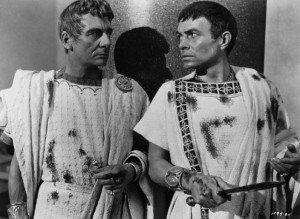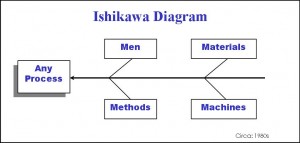 Most people involved in New Product Development agree that best results are obtained when people work effectively in teams so here are 10 guaranteed ways to improve teamworking:-
Most people involved in New Product Development agree that best results are obtained when people work effectively in teams so here are 10 guaranteed ways to improve teamworking:-
1) Locate the team together in the same room. – If people sit together they work together. It is essential that the primary form of communication is face to face. There should be some allowance for privacy but any cubicle walls should be below head level.
2) Locate the Project Manager in the same room – As the Project Manager there may be a tendency to remain distant or aloof from the team. This is counterproductive and wrong. The Project Manager should be located in the same room as the team. If She has her own office the door should be left open to allow ready access. If She sits with the team there should be a private office available for personal discussion.
3) Hold regular team meetings – although there may be some resistance to this (too much work etc) it is essential that the team meet at least once a week to discuss project status.
4) Issue meeting minutes – It helps communication if everyone knows exactly what is expected of them following the team meeting. The minutes also act as a good crib for next weeks meeting.
5) Promote a democratic culture – environments where people feel free to speak their minds openly and honestly lead to faster problem solving and decision making.
6) Promote team activities – 5 a side football or similar activities are great if everyone is fit and active but be careful to choose something EVERYONE can take part in otherwise you will alienate some team members and defeat the purpose. I have always found bowling to be a great choice which just about everyone can do.
7) Eliminate the Blame Culture – resist every opportunity to blame others and take responsibility for your own decisions. Blame Cultures are endemic in some organizations and will take time to be eradicated but the changes in performance will be immeasurable.
8) Listen twice as much as you talk – we all know the old saying about empty vessels making the most noise and no where is this more true than in Project Management. Try really listening to people and see their reaction.
9) Put the Structure in place – whether its based on PRINCE2, Project Management Institutes PMBOK or some alternative combination, Teams are more effective when they no what the rules are.
10) Keep a sense of humour – as the Project Manager nothing upsets or disorients the Team more than a panicky Manager. Keep a sense of perspective, enjoy the fun bits and lead by example.
chris@projectsguru.co.uk
www.projectsguru.co.uk




 There are always plenty of laughs to be had in BBC’s “The Apprentice” – that’s what its all about after all, rather than a serious look at innovation or
There are always plenty of laughs to be had in BBC’s “The Apprentice” – that’s what its all about after all, rather than a serious look at innovation or




 As a rough guide a
As a rough guide a  1) Create Space – nothing clouds judgement more than pressure to create a fast solution. Tell stakeholders you are assessing the situation and will provide an update in 1 weeks time.
1) Create Space – nothing clouds judgement more than pressure to create a fast solution. Tell stakeholders you are assessing the situation and will provide an update in 1 weeks time.
 chris@projectsguru.co.uk
chris@projectsguru.co.uk Don’t ask me what “Zen” is.
Don’t ask me what “Zen” is. Operating as an Interim
Operating as an Interim 
 Earned Value is a term which allows us to determine where we are in a project in terms of progress against plan. If we talk about expended cost at a particular moment of time we have no idea whether we are ahead or behind the plan unless we measure the amount of work done and the time expended doing it.
Earned Value is a term which allows us to determine where we are in a project in terms of progress against plan. If we talk about expended cost at a particular moment of time we have no idea whether we are ahead or behind the plan unless we measure the amount of work done and the time expended doing it. Most people involved in
Most people involved in 


